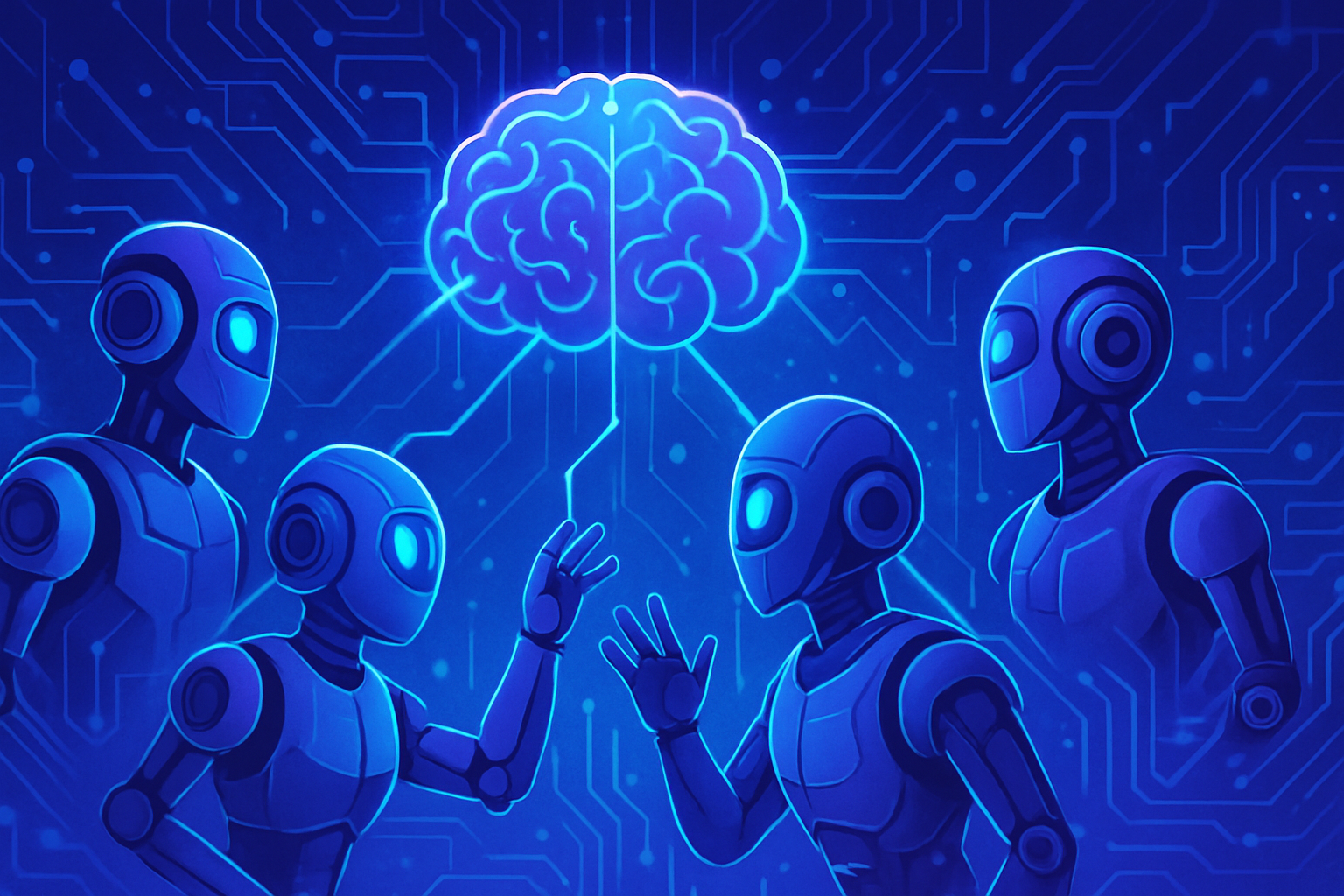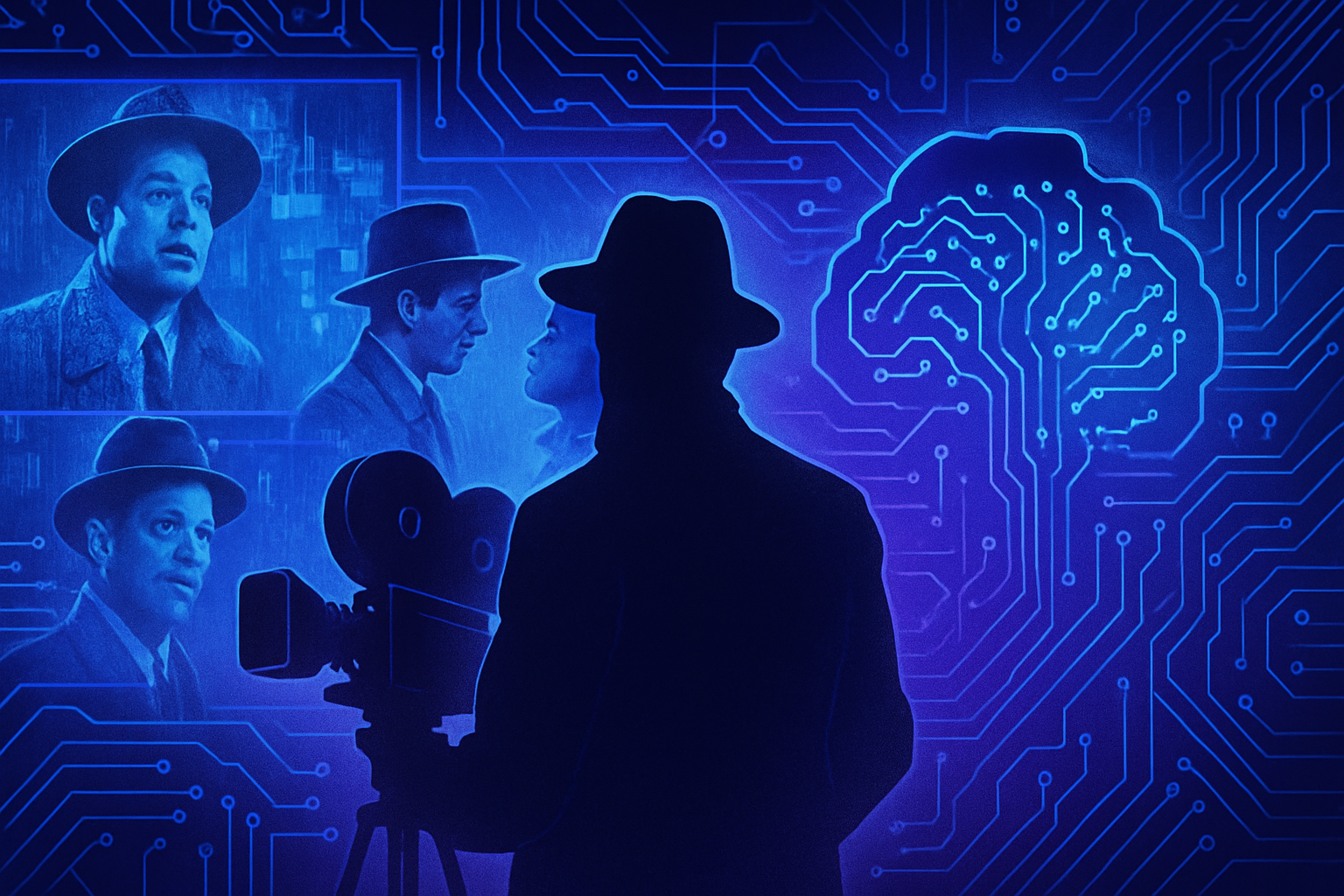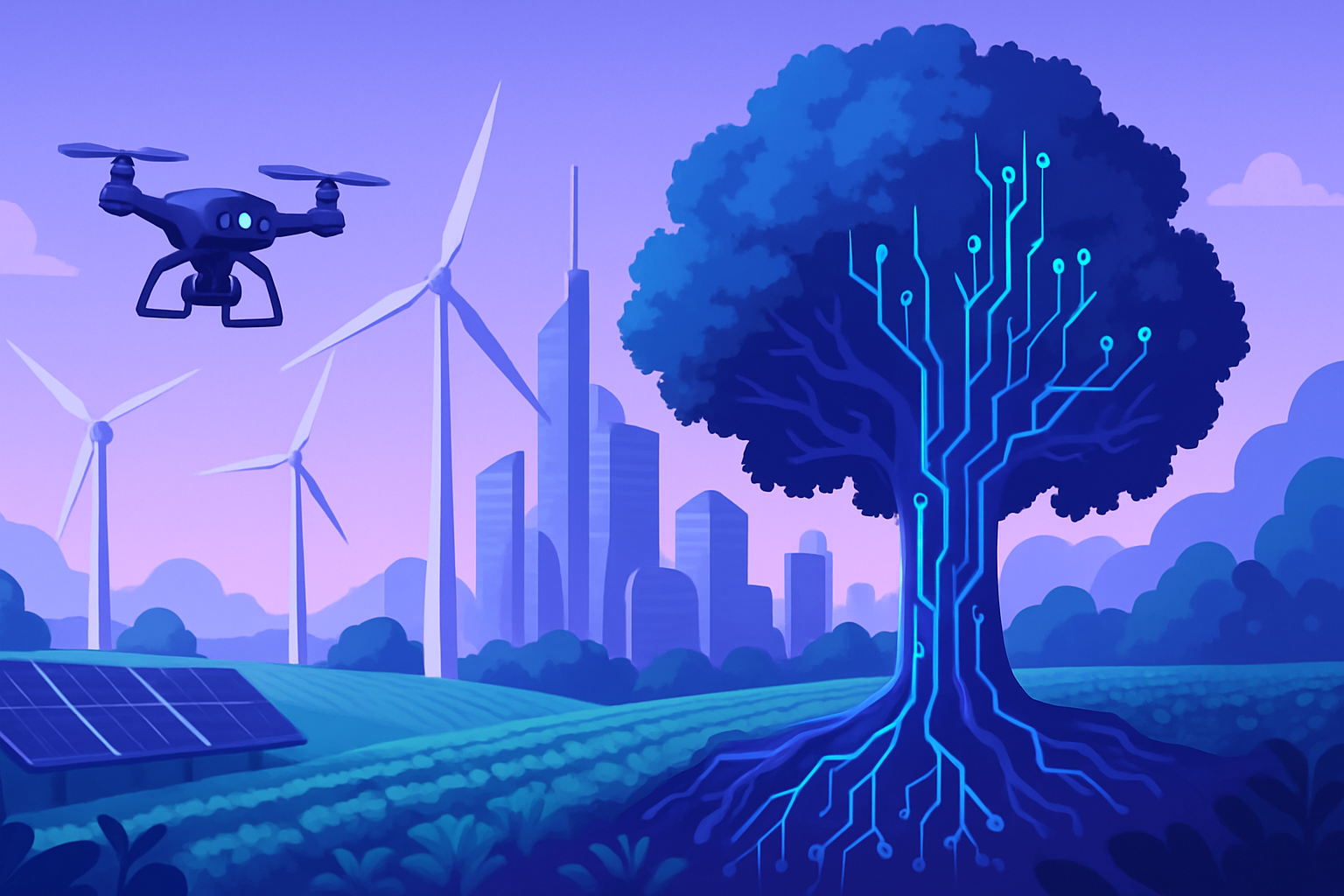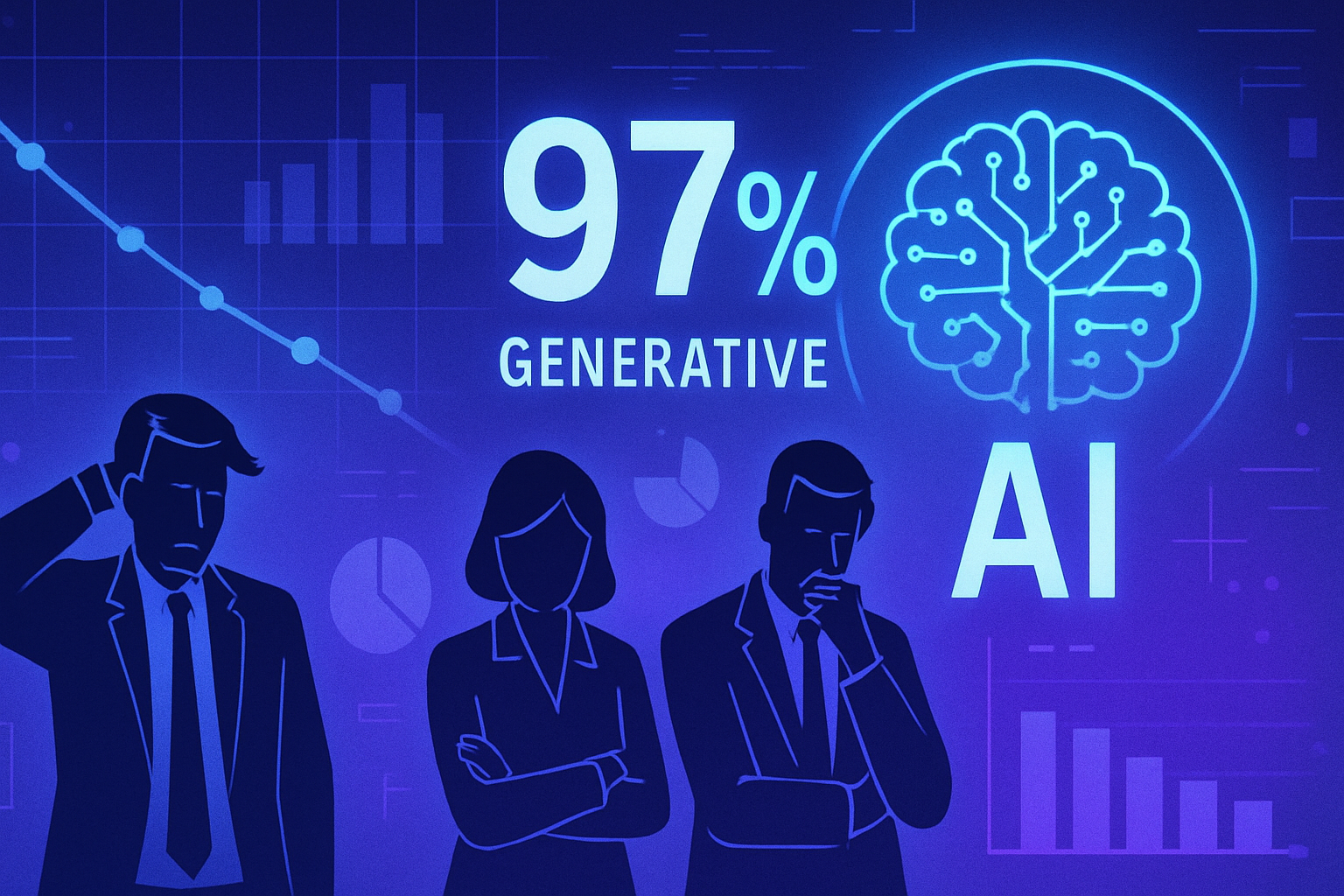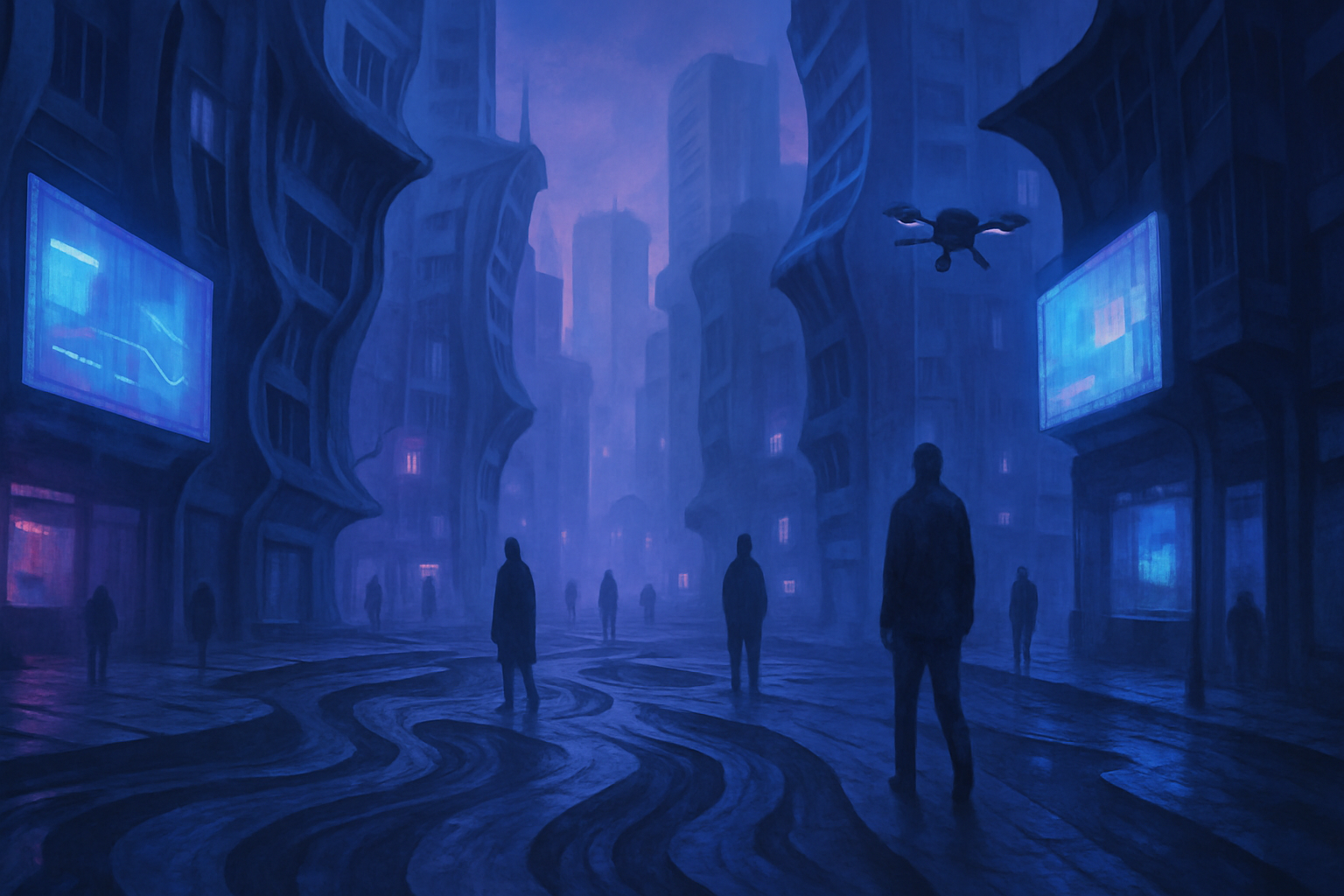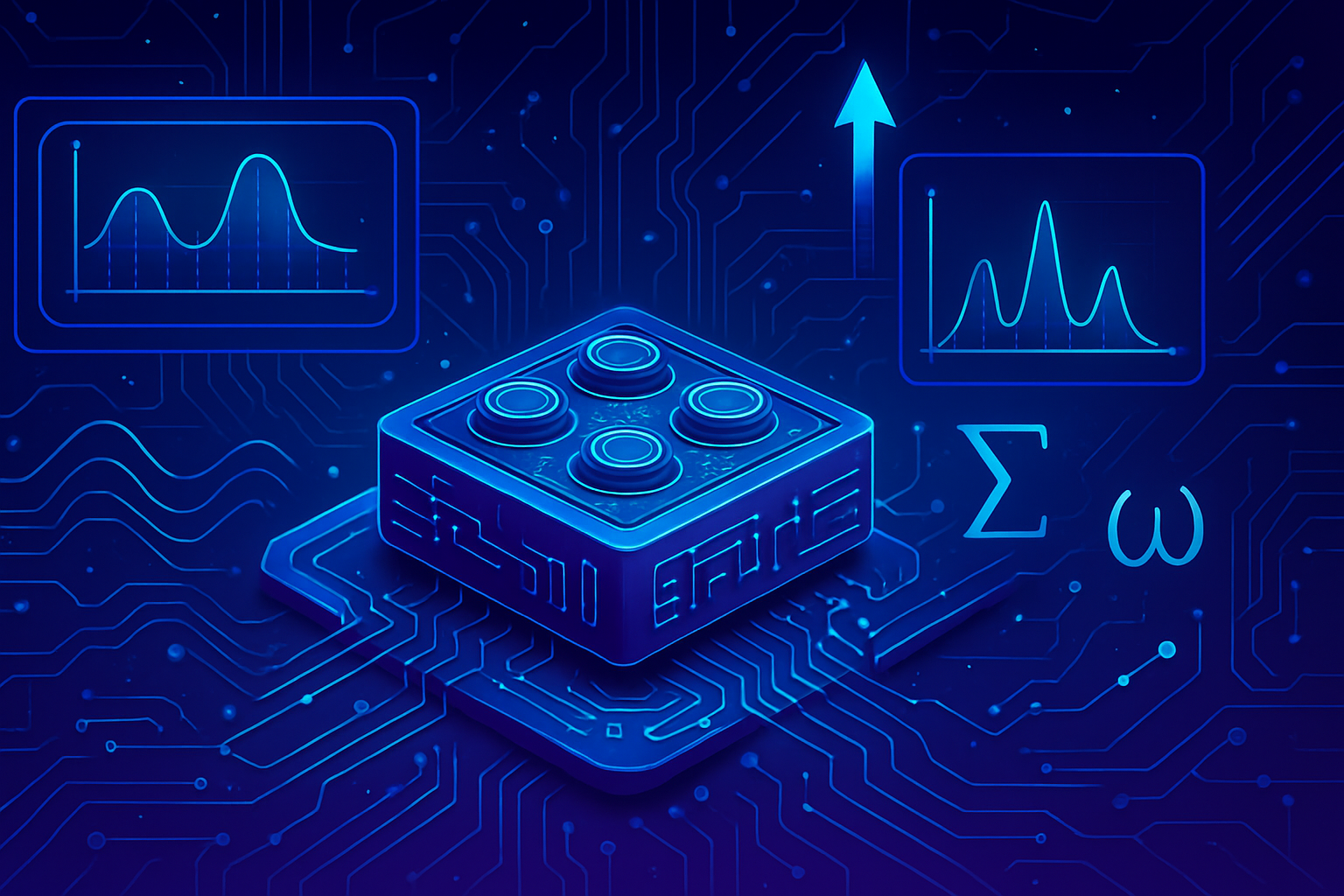Robotic synergy transforms dynamic environments. Intelligent machines collaborate seamlessly, revolutionizing logistics and production. Robots communicate and make decisions in real time. With an open-source system based on ROS2, their usage is multiplying. Each robot navigates autonomously, adapting its behaviors. This innovative framework opens fascinating prospects for various sectors, alleviating repetitive tasks and optimizing operations.
Robots with a collective brain
A technological revolution is emerging, linked to the collaboration of robots in dynamic environments. Thanks to an open-source framework based on ROS2, multiple robots can now work together efficiently and safely. The integration of this system into various sectors indicates a significant shift towards advanced automation.
Essential features of the system
Autonomous navigation
Each robot analyzes its environment and calculates optimal routes using algorithms akin to GPS navigation systems. The use of tools like GAZEBO allows these machines to be trained in virtual worlds before being deployed in reality. When an unexpected obstacle occurs, such as an object falling to the ground, the robots instantly recalculate their trajectories.
Adaptable behavior
Collision prevention and task optimization involve the use of “behavior trees,” a dynamic instruction manual. For example, a robot that finds itself stuck first attempts to move laterally, then reverse, and if the problem persists, it calls for assistance from a central system. This mechanism ensures optimal coordination, whether it involves two robots in a lab or twenty in a factory.
Computer vision and task allocation
The system utilizes two key technologies: ArUco markers and distributed cameras. The markers, similar to QR codes, serve as reference points in the environment, while the cameras allow for the localization of each robot with precision of less than 3 cm. This system provides the robots with a constantly updated internal map, enabling them to act autonomously.
Intelligent mission allocation prioritizes the robot closest to a task to be accomplished. In case of a robot failure, another automatically takes over. This efficiency ensures uninterrupted operational continuity.
System validation and performance
Researchers have tested their system through simulations in various complex scenarios. In industrial warehouses, robots transport packages between stations marked by ArUco, while avoiding congestion. In restaurants, they serve dishes to specific tables, coordinating their movements to navigate tight spaces.
Experiments in laboratories, involving heterogeneous teams ranging from small robots to robotic arms, have also strengthened the results. The accuracy achieved reaches an average error margin of just 2.5 cm. The robustness of the system manifests, as a failing robot is quickly replaced by another.
Scalability and applications in various sectors
The system’s adaptability to various environments is a fundamental aspect. Whether with five or fifteen robots, the architecture maintains optimal performance. This open-source framework, accessible to all enterprises, allows for specific customizations based on needs.
A hospital could program these robots for medication distribution or a logistics center to optimize its shipments. Even a museum could benefit from this technology by offering autonomous guided tours. This process reduces dependence on human labor for repetitive tasks, thereby freeing up personnel for more strategic roles.
The implications of this technological advancement are vast. Robot collaboration paves the way for increased automation, challenging traditional working methods across many sectors.
Frequently asked questions
What are the benefits of collaborative robots in dynamic environments?
Collaborative robots enhance operational efficiency, reduce human errors, and optimize resource management by quickly adjusting to demand variations and working without collisions.
How do robots communicate with each other in a collaborative system?
Robots use an integrated communication protocol that allows them to exchange information in real time about their position, tasks, and surrounding obstacles, thereby facilitating coordination.
What does the autonomous navigation system of the robots consist of?
Autonomous navigation relies on advanced algorithms similar to those used in GPS systems, allowing them to calculate optimal routes and react instantly to unexpected obstacles.
How do robots learn to adapt to different situations?
Robots are equipped with “behavior trees,” a structure similar to a dynamic instruction manual, allowing them to adapt to unforeseen situations and request help if necessary.
How is computer vision integrated into the collaborative robotic system?
Computer vision combines ArUco markers to identify reference points in the environment with distributed cameras that calculate the positions of robots with precision up to 2.5 cm.
Is the solution scalable for different types of industrial applications?
Yes, the system is designed to be scalable, operating effectively with both a small number of robots and much larger teams, making it ideal for various industries.
How can companies customize this collaborative robot system?
This tool being open-source and based on the ROS2 platform, any company can modify it according to its specific needs, whether in logistics, healthcare, or other fields.
What is the impact of this system on the human workforce?
The implementation of collaborative robots reduces reliance on repetitive manual tasks, thus allowing personnel to focus on more strategic, value-added missions.
Can robots continue to operate in the event of one of them failing?
Yes, the system is designed to be robust; if a robot fails, another quickly takes over to ensure that operations continue without interruption.
What types of scenarios have been tested to validate the effectiveness of these robots?
Tests have taken place in various contexts, including industrial warehouses, restaurants, and laboratories, where robots have demonstrated their ability to work together effectively in complex environments.
